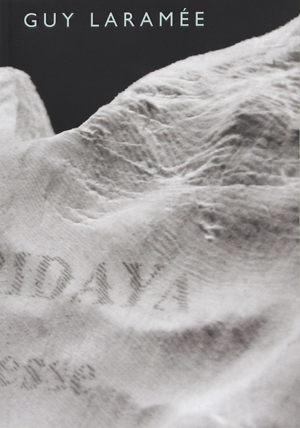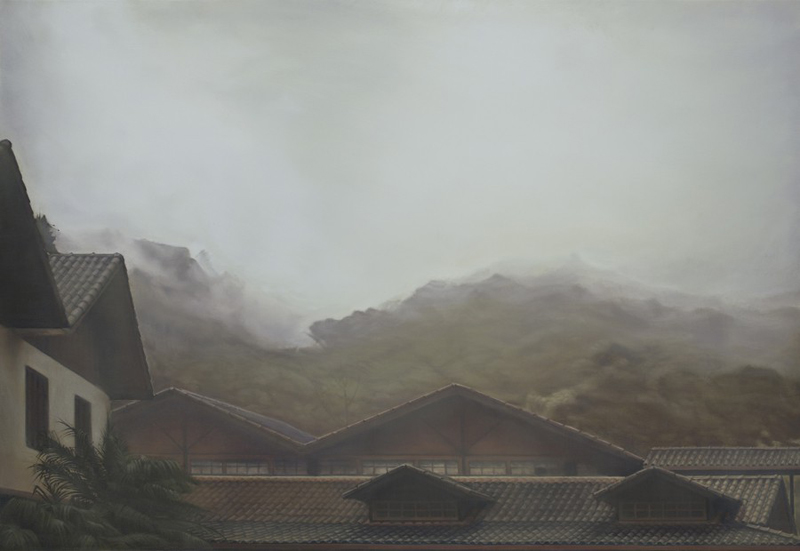
Photograph: © Guy Laramée
Cul de Sac de l’Art Contemporain
The dead end of contemporary art
Contemporary art seems to have forgotten that there is an exterior to the intellect. I want to examine thinking, not only ‘what’ we think but ‘that’ we think. So I carve landscapes out of books and I paint Romantic landscapes. Mountains of disused knowledge return to what they really are: mountains. They erode a bit more and they become hills. Then they flatten and become fields where apparently nothing is happening. Piles of obsolete encyclopaedias return to that which does not need to say anything, that which simply IS. Fogs and clouds erase everything we know, everything we think we are. After 30 years of practice, the only thing I still wish my art to do is this: to project us into this thick ‘cloud of unknowing’.
Guy Laramée (born 1957) is a Montréal-based, multi-disciplinary artist. For more than three decades, he has worked as a director, composer, fabricator of musical instruments, singer, painter, sculptor and writer. Guy is represented by the JHB Gallery, New York.
Philip Guillermond (born 1953) is bilingual and has a BA in French and English. He gained an MA in Oriental Studies at SOAS (University of London). He has worked as a translator and language teacher.
In this week’s guest post for The Culturium, Guy describes a moment of oneness after working in his studio and subsequently reflects upon the fundamental questions of art, life and human existence. Beautifully translated by Philip from French into English.
JE QUITTE L’ATELIER après une journée de travail. J’ouvre la porte du building et m’engage sur le trottoir. Les choses brillent d’une lumière étrange. Les couleurs des buildings me paraissent anormalement harmonieuses. Regardant les arbres, je perçois des relations nouvelles entre les branches, comme si je « comprenais » soudain l’ordre secret qui les tient ensemble. « Fraîcheur » est le mot qui me vient. Le monde est « frais ». Visiblement, la vivacité du spectacle à voir avec moi. Que s’est-il passé durant mes sept heures de travail pour qu’au sortir de l’atelier je ressente le monde ainsi ? Et tout de suite la colère sourde, habillée dans une joie sournoise : que s’est-il passé dans le monde de l’art contemporain pour qu’on entende presque plus parler de cette « fraîcheur »?
I leave the studio at the end of a day’s work. I open the door of the building and step out onto the pavement. Objects seem to shine with a strange light. The colours of buildings appear unusually harmonious. Looking at the trees, I see new relationships between the branches, as if I suddenly “understand” the secret order that holds them together. The word “freshness” comes to mind. The world is “fresh”. Clearly, the vividness of the spectacle has to do with me. What happened during my seven hours of work that at the end of the day I should experience the world like this? And immediately a suppressed anger, dressed as a strange pleasure, in which I take furtive joy: what has happened in the world of contemporary art that we almost never hear any more about this “freshness”?
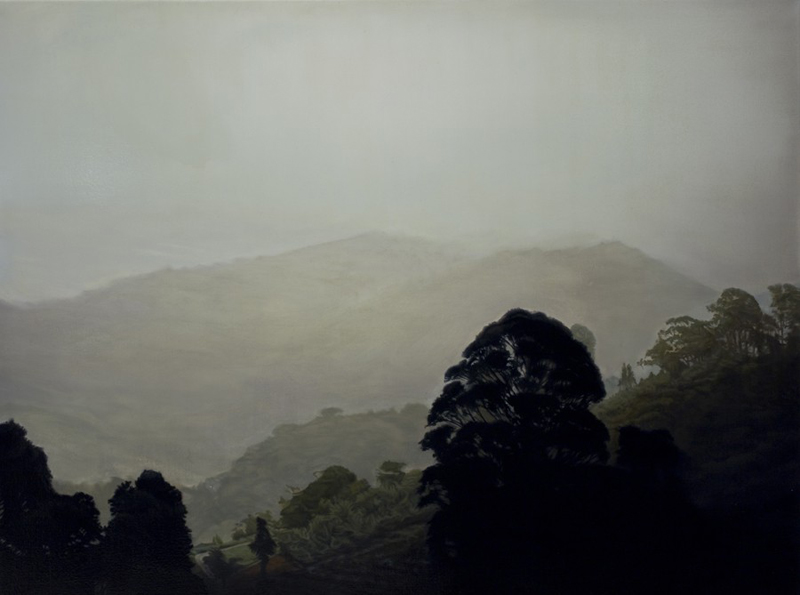
Photograph: © Guy Laramée
Expliquer ne procure qu’une timide consolation, si ce n’est de faire naître l’espoir de retrouver des états qui nous semblent vitaux. Je pourrais laisser ces « états-d’union » ainsi, sans chercher à même en rendre compte, mais la colère de constater que beaucoup de mes contemporains semblent avoir oublié l’existence même de ces états, cette colère suffit à me faire sauter sur le clavier.
To explain merely provides mild consolation if it doesn’t give birth to the hope of re-discovering states that seem vital to us. I could leave these “states of unity” thus, without even trying to account for them, but for the anger I feel that many of my contemporaries seem to have forgotten the very existence of these states, this anger is enough to make me rush to the keyboard.
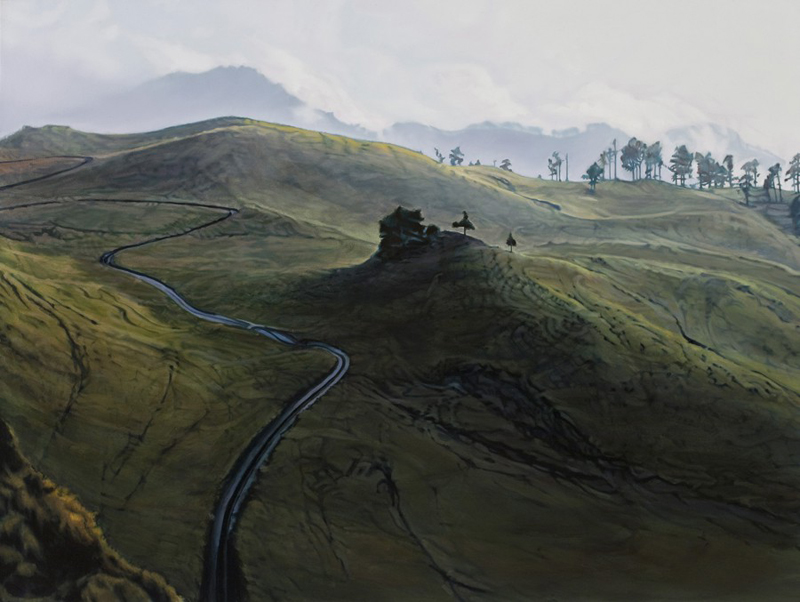
Photograph: © Guy Laramée
Essayons, donc, sinon d’expliquer, à tout le moins de comprendre. Bien entendu, une journée entière passée dans la plus grande concentration aura sans doute eu comme effet de tenir en échec mes tracas. N’étant plus autant perdu dans mes pensées, je suis plus disponible. Aussi, le relâchement après l’effort peut aussi expliquer cette ouverture de la perception.
Let us try, then, if not to explain, at least to understand. Of course, a whole day spent in the greatest concentration will have had the effect of keeping my mundane worries in check. No longer so lost in my thoughts, I am more receptive. Furthermore, the fact of relaxing after strenuous effort can also explain this opening up of perception.
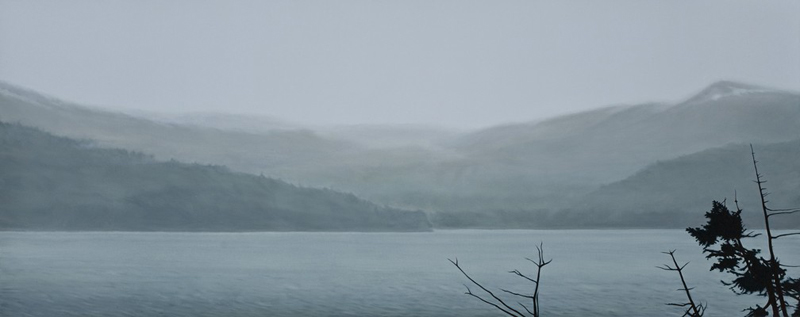
Photograph: © Guy Laramée
Mais je ne peux en rester là, si je veux faire sens de cette expérience. Pour la bonne raison que cette « fraîcheur » je l’ai ressentie tout au long de ma journée à l’atelier. Je n’ai pas senti « que » cette fraîcheur, bien entendu. Le travail d’atelier, c’est souvent 50% d’angoisse, de désarroi face à « ne pas savoir quoi faire ». Et on pourrait dire sans se tromper que 90% du temps passé à l’atelier vise à retrouver cette fraîcheur et à s’y maintenir.
But I cannot stop there if I want to make sense of this experience. For the good reason that I felt this “freshness” throughout my day at the workshop. I didn’t feel “only” that freshness, of course. Studio work is often 50% anguish, dismay at “not knowing what to do”. And one could safely say that 90% of time in the workshop is spent trying to find this freshness and abide there.
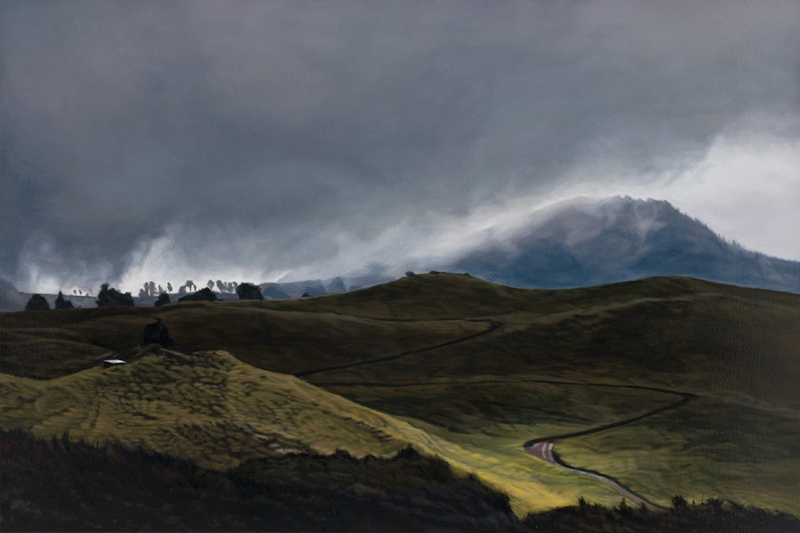
Photograph: © Guy Laramée
La question se pose donc de savoir en quoi cette fraicheur consiste. Revenons donc à mon expérience à la sortie de l’atelier. Je perçois les relations entre les formes et les couleurs (et les sons …) comme si elles étaient nouvelles. Je perçois le lien entre toutes les choses. Quelque chose semble les unir. Ce quelque chose, c’est moi, mais je ne le sais pas tout de suite, parce qu’au moment de l’expérience, je suis « un-avec » tout ce qui se présente. Au cœur de cette expérience je n’existe plus comme sujet, je « suis » l’expérience. La distance entre l’observateur et l’observé est diminuée, et parfois anéantie. Voilà en quoi cette fraicheur consiste : la douleur de ma séparation d’avec le monde, la douleur de me sentir un individu « dans » le monde, cette douleur est—temporairement—soulagée.
Therefore the question arises as to what this freshness consists of. Returning to my experience upon leaving the studio. I perceive the relationships between shapes and colours (and sounds …) as if they were new. I perceive the connection between all things. Something seems to unite them. That something is me, but I don’t know it right away because at the moment of the experience, I am “one-with” everything that presents itself. At the heart of this experience I no longer exist as subject, I “am” the experience. The distance between the observer and the observed is diminished and sometimes annihilated altogether. That is what this freshness consists of: the pain of my separation from the world, the pain of feeling myself an individual “in” the world, this pain is—temporarily—assuaged.
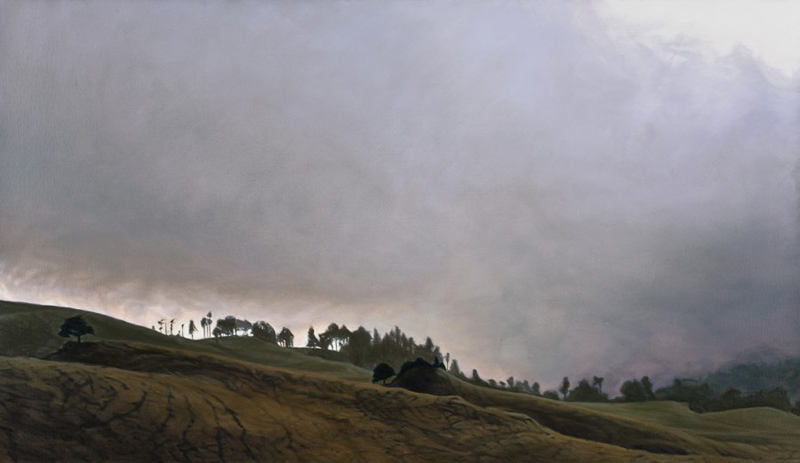
Photograph: © Guy Laramée
L’ironie est que cette fraîcheur existe depuis la nuit des temps. Elle a plusieurs noms, selon les cultures et les traditions. « États-d’union » est une manière intelligente de présenter la chose à des esprits contemporains férus … d’intelligence. « Samadhi » est le mot utilisé dans la tradition Indienne et dans une bonne partie des sciences de l’esprit en Asie. Or ceci ne nous avance qu’à moitié, parce que l’on découvre vite ici le problème majeur de l’entreprise langagière : comment être certain que des personnes d’origines différentes donnent au même mot le même sens ?
The irony is that this freshness has existed since the dawn of time. It has several names, according to different cultures and traditions. “States of union” is an intelligent way of presenting the thing to contemporary minds keen on … intelligence. “Samadhi” is the word used in the Indian tradition and in the science of the spirit in many Eastern wisdom traditions in Asia … But this only advances us halfway because we quickly discover here the major problem of language: how to be certain that people of different backgrounds give the same meaning to a word?
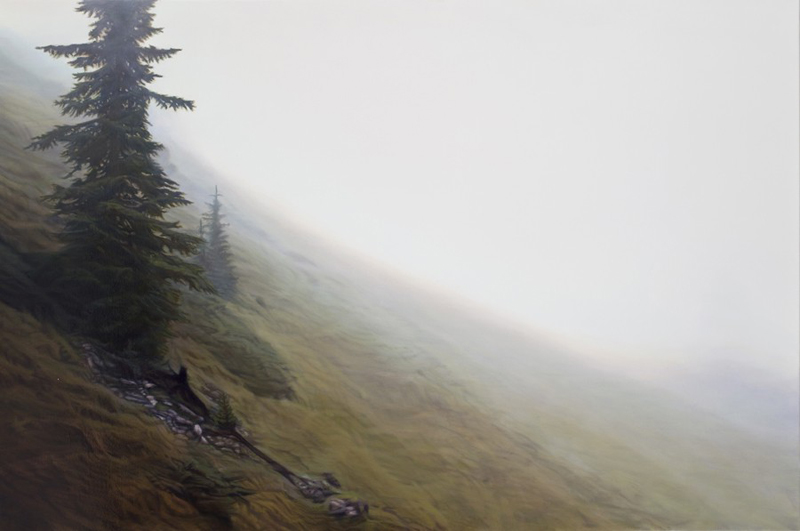
Photograph: © Guy Laramée
La, ou plutôt les traditions asiatiques donnent non seulement plusieurs définitions à ces états-d’union, mais elles donnent plusieurs classifications des degrés et types de Samadhi. Bien qu’une telle science – millénaire – puisse faire le bonheur de certains, elle ne m’avance pas beaucoup, moi artiste, être humain, qui cherche à comprendre la relation entre ces états et l’état « normal », mondain.
The Asian tradition, or rather traditions, give not only several definitions to these states of union but they give several classifications of degrees and types of Samadhi. Although such a thousand-year-old science may satisfy some, it does not advance me much, as an artist, as a human being, who seeks to understand the relationship between these states and the “normal”, mundane state.
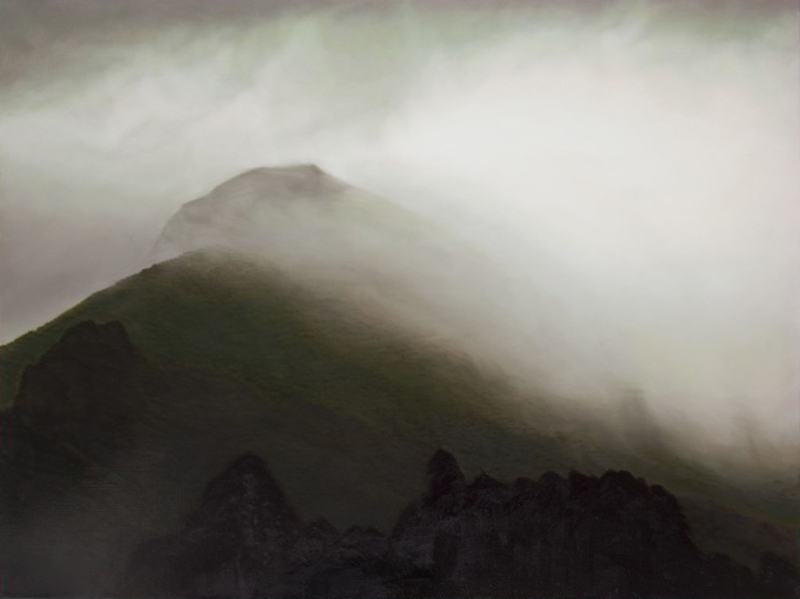
Photograph: © Guy Laramée
Car très vite, je perçois que si je cherche à comprendre ce qui m’arrive, c’est que je cherche à établir les causes de mon expérience, parce que je cherche à la reproduire. Elle me manque. Elle me semble être, en quelque sorte, « what life is about ». Le sang de la vie. Je veux donc comprendre pour retrouver. Y arriverai-je ainsi ? Une des caractéristiques majeures de cet état de fraicheur, n’est-ce pas le fait qu’il est gratuit, sans but, et donc qu’il ne vient « de nul part » ? Comment puis-je aborder ces zones où la vie est « gratuite », désintéressée, ouverte ? Ne dois-je donc pas laisser de coté toute tentative de saisie, tout désir de continuité ? Mais d’un autre coté, ma tentative de saisie n’est-elle pas la forme que prend ma gratitude ? Comprendre peut-il devenir un hommage ?
For very quickly I perceive that if I try to understand what is happening to me, it is because I seek to establish the causes of my experience because I want to reproduce it. I miss having the experience. It seems to be, somehow, “what life is about”. The blood of life. So I want to understand in order to rediscover it. Will I succeed? Is it not one of the major characteristics of this state of freshness, that it is free, without purpose, and therefore that it comes “from nowhere”? How can I approach these dimensions where life is “free”, selfless, open? Must I not drop any attempt to grasp, any desire to perpetuate them? But on the other hand, is not my attempt to grasp a form of gratitude? Can understanding become a form of homage?
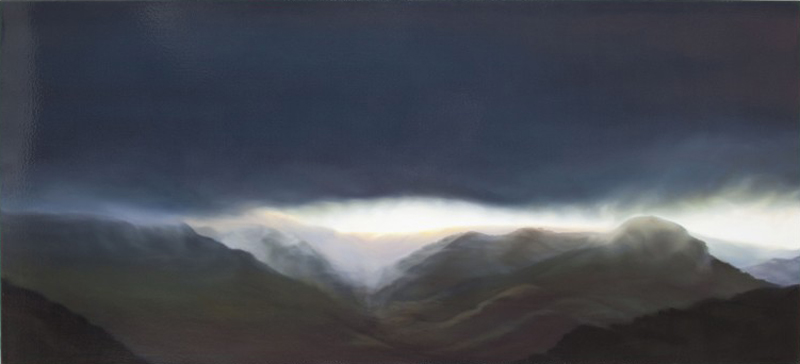
Photograph: © Guy Laramée
Ce qui me pousse, je l’ai dit, à vouloir comprendre, est aussi cette énorme léthargie de l’art contemporain qui en est venu à se satisfaire de pratiques pédagogiques, où l’on tente de vendre à quelques convertis l’idée que l’on sait ce qui va mal dans le monde. Dérision et condescendance, critique et intellectualisme, sensationnalisme et autopromotion mal déguisée, voilà là où ce monde semble nous conduire. La beauté en est exclue, parce qu’elle ne peut être réduite à un concept et voilà un monde où le concept—au déni du percept—est la nouvelle monnaie d’État. Notons que je parle de beauté, non de goût ou de préférence, parce qu’on confond encore le bébé et l’eau du bain. Être lucide sur la relativité des goûts ne veut pas dire qu’il faille rejeter les expériences de beauté, ou mieux dit : l’état de beauté lui-même.
What drives me, as I said, to want to understand, is also the huge lethargy of contemporary art which has come to be satisfied with pedagogical practices, where one tries to sell to a few converts the idea that we know what is wrong with the world. Derision and condescension, criticism and intellectualism, sensationalism and poorly disguised self-promotion, that is where this world seems to lead us. Beauty is excluded because it cannot be reduced to a concept and we live in a world where concepts—at the expense of percepts—are the new currency. Note that I speak of beauty, not taste or preference because we still confuse the baby and the bathwater. To be lucid about the relativity of tastes does not mean that experiences of beauty have to be rejected, or rather: the state of beauty itself.
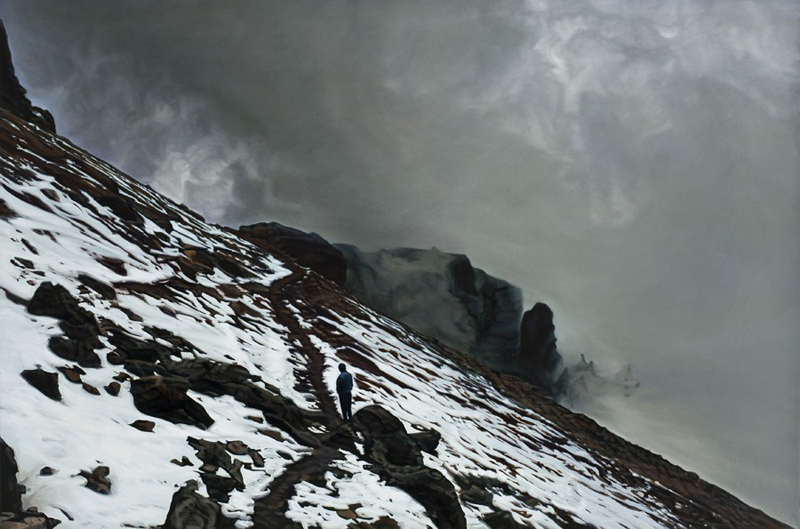
Photograph: © Guy Laramée
Mais que s’est-il passé ? Qui nous a vendu ce monde gris où il importe plus de faire des « statements » sur l’état du monde que de soigner le schisme de nos esprits ? Que s’est-il passé pour qu’on cherche à ouvrir, plus grand chaque jour, cette blessure de l’âme, dont le mal consiste justement à se couper de soi-même en coupant l’expérience en morceaux de plus en plus petits ? De quel genre de maladie s’agit-il, qui contamine chaque jour un peu plus notre capacité d’unifier, ce qu’ailleurs on nomme « aimer » ?
But what has happened? Who sold us this grey world where it is more important to make “statements” about the state of the world than to heal the schism in our mind? What has happened that we seek to open, more each day, this wound of the soul, which consists precisely of cutting oneself off from oneself by dividing up experience into ever smaller pieces? What kind of disease is it, which contaminates each day a little more our ability to unite, or what some would call to “love”?
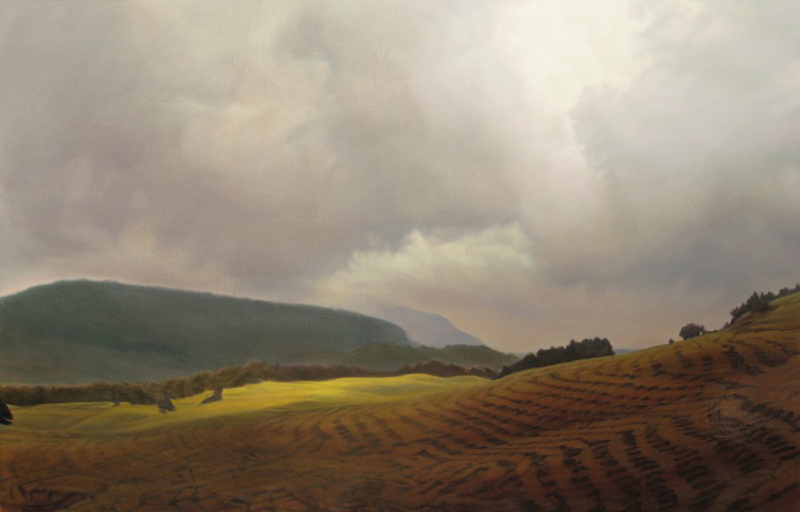
Photograph: © Guy Laramée
Acquiescer à cette fraicheur n’est que le premier pas. Que cherchons-nous ? Ne cherchons-nous pas, tous et toutes, à nous retrouver, au centre du monde, au centre de nous-même ? « Y arriverons-nous ? » est peut-être une question secondaire. Peut-être importe-t-il davantage de cesser de nous mettre, nous-même, des bâtons dans les roues.
Acknowledging this freshness is only the first step. What are we looking for? Are we not all trying to find ourselves, at the centre of the world, at the centre of ourselves? “Will we get there?” may be a secondary question. Perhaps it is more important at least to stop putting spokes in our own wheels.
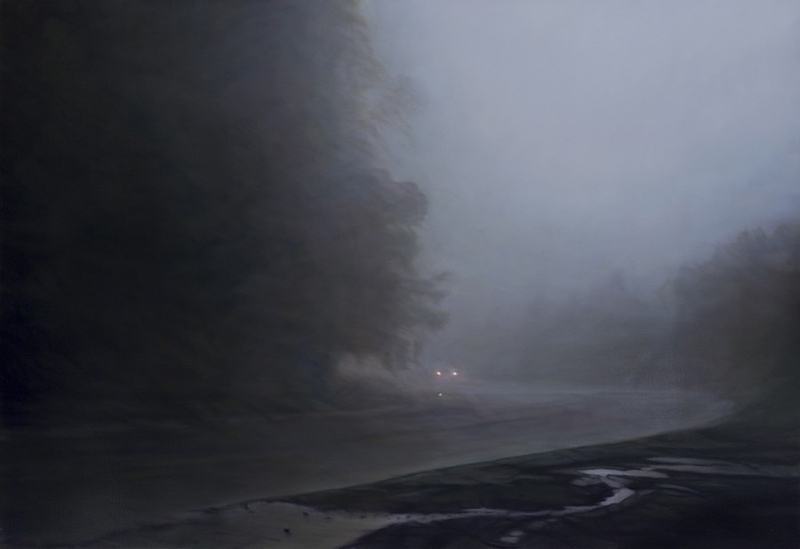
Photograph: © Guy Laramée
Post Notes
- Guy Laramée’s website
- JHB Gallery
- Guy Laramée: Onde Eles Moram
- Rashid Maxwell: To Save the Planet With a Paintbrush
- Wassily Kandinsky: Concerning the Spiritual in Art
- Paul Cézanne: La Montagne Sainte-Victoire
- Agnes Martin: Writings
- Patrick Howe: Post Personalism in Art
- Tal Waldman: Directed Randomness
